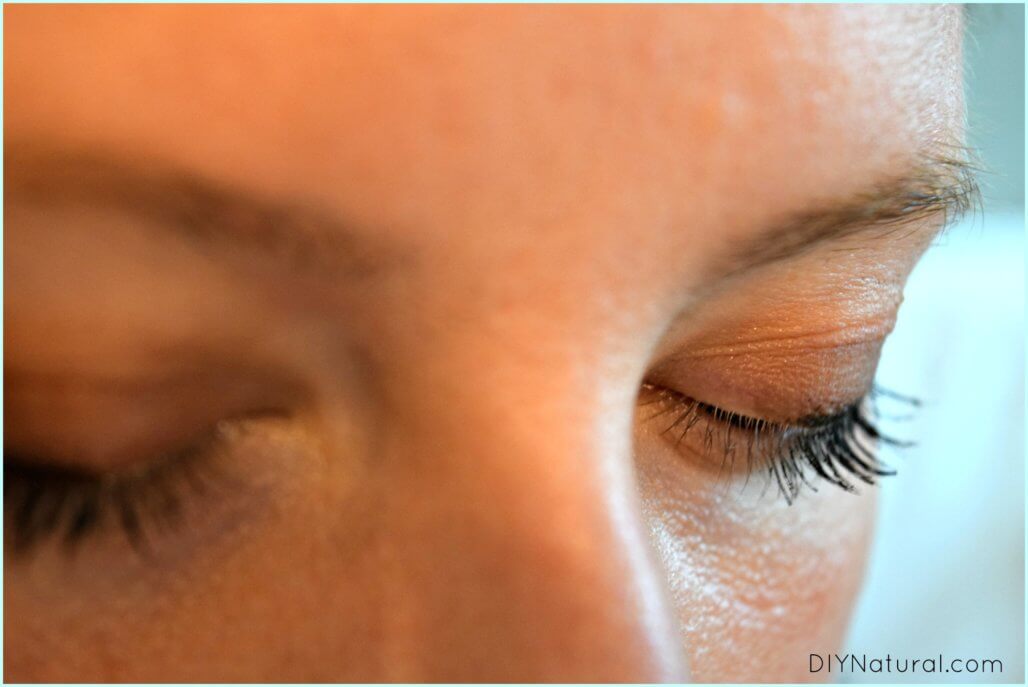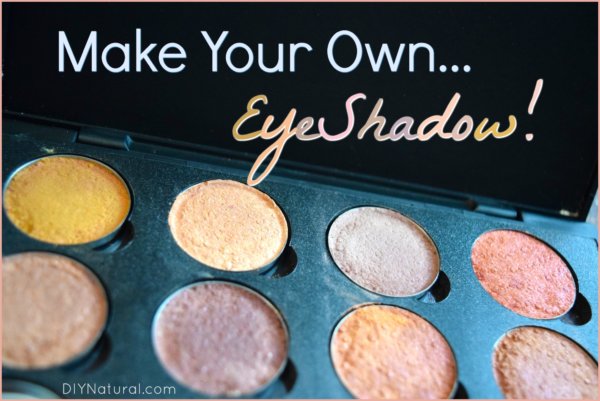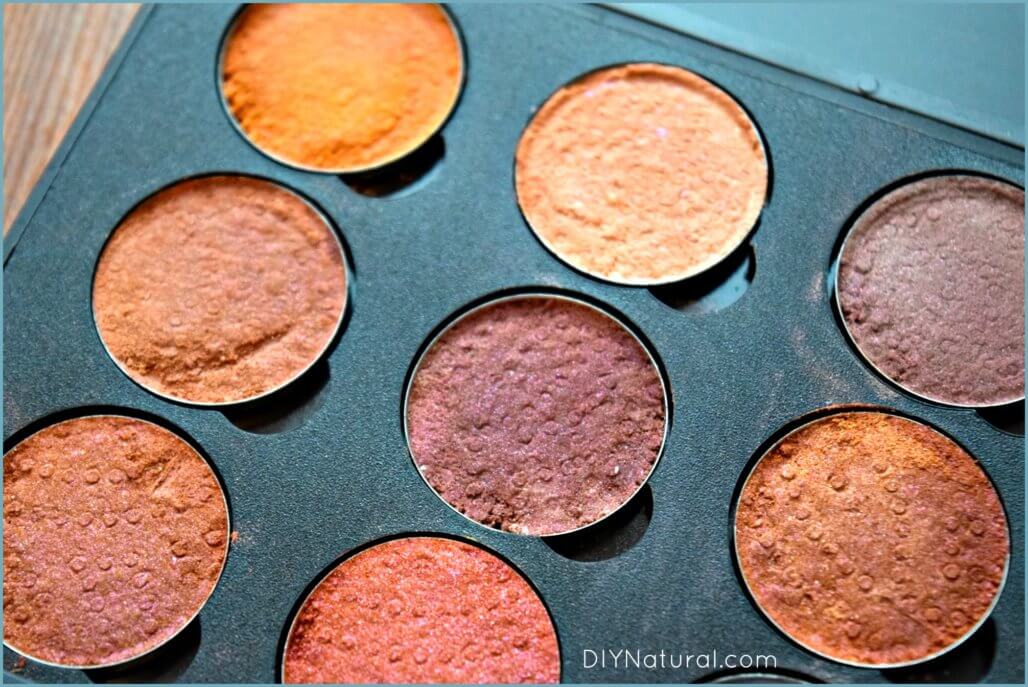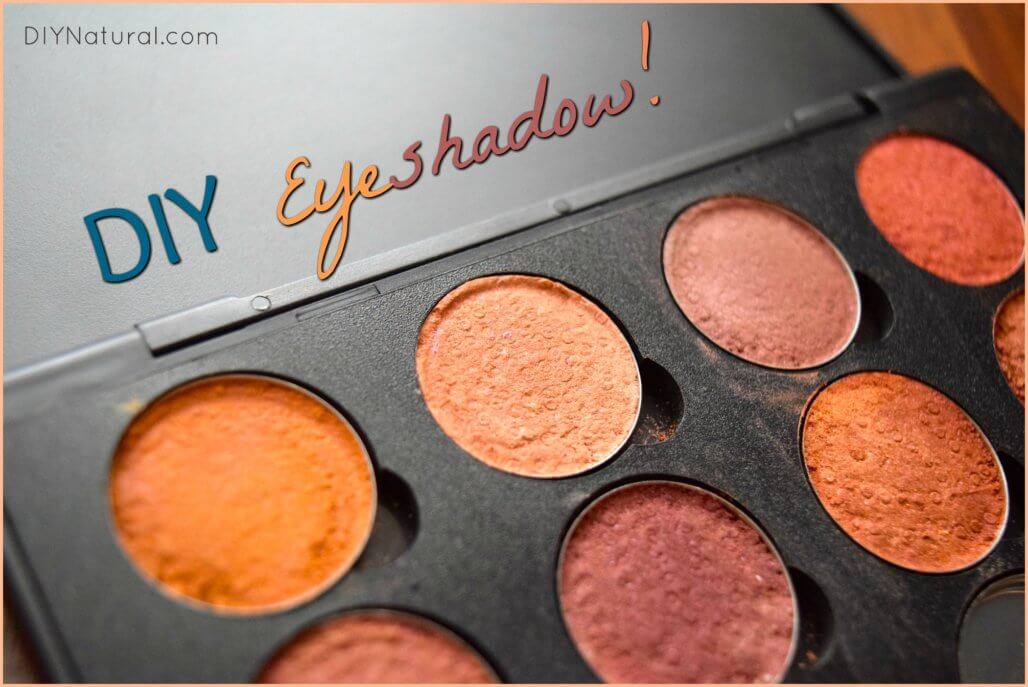Carbon marketplace hawks credits in businesses that store CO2 with their products Gloria Oladipo Mon, 08/31/2020 – 05:00 As corporate interest in carbon removal options grows, Puro.earth , a startup from Finland, is offering a twist on carbon marketplaces. Instead of selling and trading credits related to nature-based solutions, its exchange features industrial businesses that store carbon dioxide in products such as biochar, timber construction and other building materials. Puro.earth co-founder Antti Vihavainen said that unlike other carbon markets that focus on one primary method of storing carbon, Puro.earth “[represents] a broad scope of carbon capture and storage methodologies.” The model is entirely voluntary versus “marketplaces such as the EU emissions trading system (ETS) [that are] compliance-based,” allowing companies to take initiative on their own terms when it comes to achieving carbon removal goals. The fight against greenhouse emissions is still a challenge facing our world today. Scientists across the world agree that carbon removal coupled with strategies such as emissions reduction and carbon offsetting are necessary to keep global warming within manageable limits. Puro.earth supports this initiative by gathering suppliers that remove carbon from the atmosphere using various methods. The removed carbon is measured and verified by an independent third party; the removed carbon is then turned into CO2 Removal Certifications, also known as CORCs. These CORCs are bought by companies seeking to offset the impact of their own operations. Buyers can cancel CORCs so they cannot be resold, and reference them in sustainability reporting or when creating carbon-neutral products. Vihavainen pitched the idea of Puro.earth to Fortum, a leading clean energy company in the Nordics; following the pitch, Fortum set up a team led by Puro.earth’s other co-founder, Marianne Tikkanen. Following dozens of iterations, the business model of matching carbon removal properties with environmentally conscious companies was created and named Puro.earth. “We initially worked with 22 companies that helped us develop and test our carbon removal marketplace, thus helping us create our minimum viable product,” Vihavainen commented. “Now that we are entering the scale-up phase, we have a funnel of over 100 supplier candidates.” Examples of those supplier candidates include Ekovilla, a company that provides carbon-neutral Finnish insulation, and the Finnish Log House Industry. Prices are show in euros on the Puro.earth web site. As an example, it costs €2,060 ($2,452 based on current exchange rates) to purchase CORCs to offset 100 tonnes of carbon dioxide. The growth of Puro.earth has been attributed to a growing environmental consciousness among companies, many of which are interested in reaching a net-zero carbon output. One early customer of the marketplace is Swiss Re , one of the world’s leading providers of insurance, reinsurance and other forms of insurance based risk transfer. Swiss Re has committed its operations to be carbon-zero by 2030 and its business to be carbon zero by 2050. “As an insurer, we are very concerned about risks and one of the major risks is the climate risk, which is slowly becoming bigger and bigger,” said Vincent Eckert, head of internal environmental management. “One of the issues is that if the climate risk is too big, it will make normal risks that we insure like drought or flooding too big or too often occurring, thus uninsurable.” To meet sustainability goals of net-zero emissions, Swiss Re has implemented a number of solutions, including supporting carbon removal projects such as Puro.earth. “When we learned about Puro.earth … we immediately thought, ‘Well, this is interesting.’ People are starting to develop marketplaces for these products, a commodity that doesn’t exist that’s supposed to be common,” Eckert said. “We wanted to learn more about it. We immediately contacted them and decided that we wanted to participate in their first auction ever.” Since that first auction, Eckert said Swiss Re has decided to continue purchasing CORCs with Puro.earth. “We have been in contact with Puro. We’re a part of their network … we will continue to work on our carbon removal purchasing strategy that has several elements. Puro is definitely in the picture, and this is one of the options that we have.” In the face of more businesses participating, Puro.earth continues to innovate, including new forms of carbon removal as a part of its program. “These carbon removal methods will be added in the coming months and will include, for example, bioenergy with carbon capture and storage and other methods based on mineralization,” Vihavainen said. Looking towards the future, Puro.earth has several plans to expand the presence of its business and reach more companies interested in carbon removal. Vihavainen is confident in Puro.earth’s ability to expand by improving the marketplace to attract interested businesses. “Looking ahead, we work on a ‘if we build it they will come’ approach, and expect more suppliers to join us as customer demand to decarbonize businesses increases, and carbon net negative businesses attract greater government support and investment.” Topics Carbon Removal Innovation Featured in featured block (1 article with image touted on the front page or elsewhere) Off Duration 0 Sponsored Article Off Ekovilla insulation is one of the products for which Puro.earth buyers can purchase credits. Courtesy of Ekovilla Close Authorship
More:
Carbon marketplace hawks credits in businesses that store CO2 with their products
* This article was originally published here






